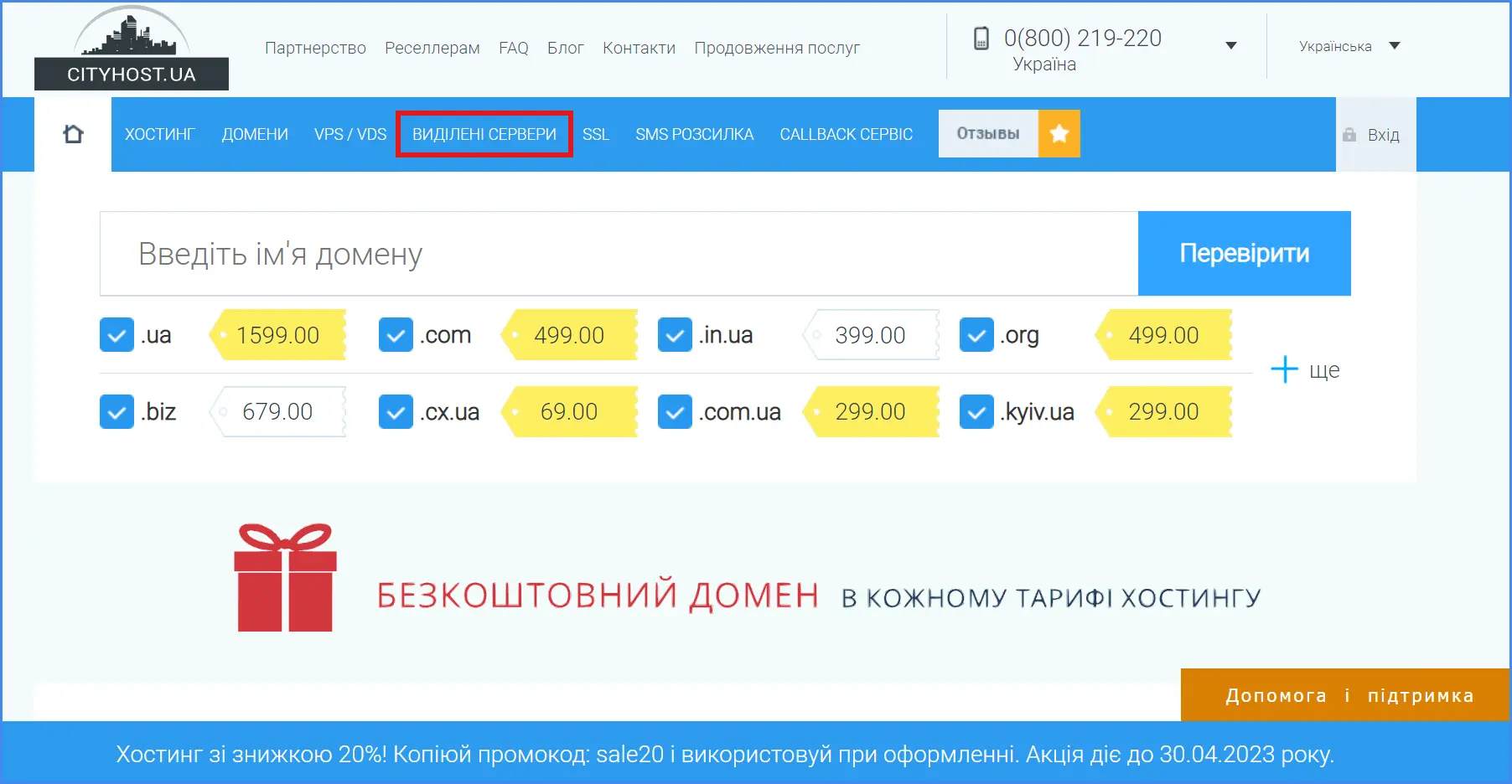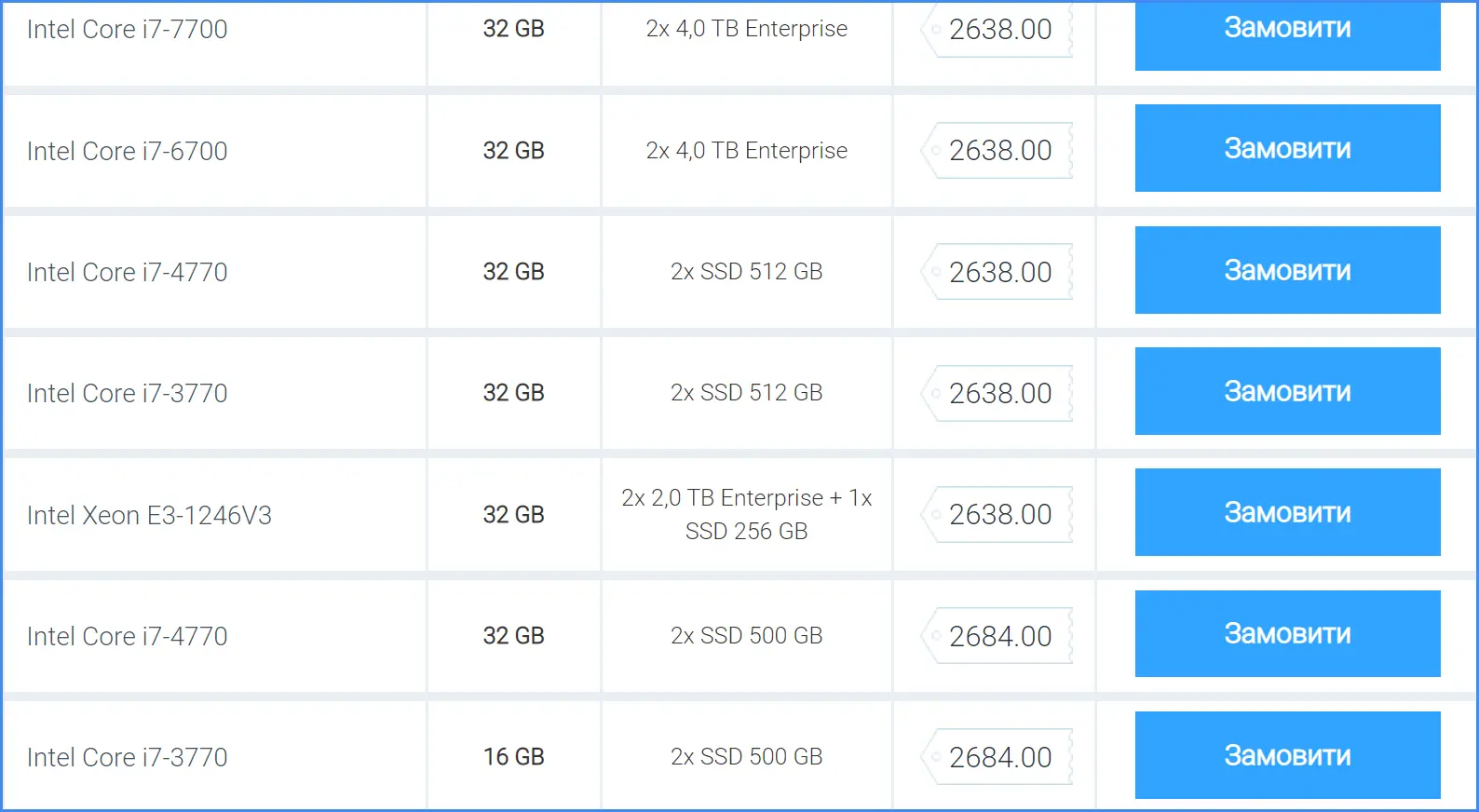
Until relatively recently, video surveillance systems were perceived as something expensive and inaccessible, especially for startups. Only large commercial enterprises could allow them to be installed. Today, similar solutions are in great demand — all thanks to the rapid development of technologies and the reduction of equipment costs. Every year, more and more people think about the security of their property, so it is almost impossible to imagine a business model of a modern enterprise without video surveillance cameras. These systems significantly increase safety and give a sense of peace. It's time to talk about the principles of their work, varieties, features of choice and understand the specifics of running on a dedicated server of the video surveillance system.
What you need to know about video surveillance
This term began to be actively used in the 20th century. Today it is an integral part of our lexicon. In today's world, it is difficult to imagine a store, enterprise or office without a video surveillance system.
To understand the principle of operation of the above-mentioned equipment, it is worth familiarizing yourself with its main components:
A video camera that captures the surrounding environment and transmits this information to the operator.
A video recorder that receives a signal from cameras. It is used to reproduce the image on the monitor, as well as its processing, recording on external media, broadcasting to the server, and so on. It can be both a separate device and a computer on which special software is installed.
Network infrastructure. It is about cables, switches, routers and other elements for connecting cameras and recorders.
With the help of a video surveillance system, it is possible to control the speed of movement of an object and its direction, establish the presence of an object in a certain area, and identify it.
Read also: What is the difference between a VPN and a proxy server
Types of video surveillance systems
Such equipment can be conditionally divided into two types. It is digital and analog. The first is more modern and is used almost everywhere. The second is becoming less popular, but it has not yet been completely abandoned.
Analog cameras relay the image captured by the lens and transmit the light signal to the video recorder. The image is displayed on the monitor without delay. Among the main advantages of such a decision, it is worth highlighting:
Easy setup and installation. Connecting analog is really easier compared to digital models.
Absence of delays and image hangs. The video is always broadcast in real time, and its speed is 25 frames per second.
Good compatibility. If, for example, your camera and recorder are of different brands, you will not face the problem of their working together.
It is also worth talking about the disadvantages:
The low resolution of the transmitted image is far from modern standards.
Complex configuration of analog models for remote operation.
Obsolete technology compared to digital equipment.
Poor scalability.
Digital cameras (IP) work on the principle of converting the image that hits the sensor into a digital signal. In this case, the TCP/IP data transfer protocol is used. The video stream can be directed both to the registrar and to the virtual server. It's time to highlight the advantages of IP video surveillance.
Wide functionality. These systems can be easily integrated into the overall security system of the enterprise.
Support of the function of video analytics in advanced digital systems. For example, if a person is fixed in the specified area, a screenshot will be taken immediately.
Excellent resolution (more than 3 MP). Analog models can boast a resolution of no more than 3 MP, while some IP systems can produce 12 MP and this is not the limit.
Increased frame rate. Some models can record at a speed of 50 frames per second, which is 2 times higher than analog models.
IP equipment has few disadvantages, but they still exist:
A small delay in the transmission of the image to the devices responsible for data processing.
Higher cost compared to analog solutions.
Read also: How the Internet changed the world — TOP 10 common things and phenomena that might not have existed
Why and which companies need a video surveillance system
For any entrepreneur, his business is a big investment, which he seeks to protect from one or another threat. Having installed a video surveillance system, the owner of the company can be sure of saving his investments and order at the facility. There are many reasons why a company should have such equipment installed:
Risks and probability of theft are reduced. In the presence of a camera, a criminal will think ten times before committing a theft or other crime.
Possibility of remote control of several objects at once. You no longer have to be personally present in every branch of your company.
Control over the work of employees. In order to prevent internal threats to the business, it is necessary to carefully monitor the work of employees.
Customer protection. For any self-respecting bank or store, customer safety comes first. To increase it, one cannot do without a video surveillance system.
Increase in sales. After viewing the footage from the cameras and conducting video analytics, it is not difficult to understand why customers pay the most attention.
Which companies need a video surveillance system? The answer is simple: to everyone who is concerned about their property, the safety of customers and wants to control the work of employees. We are talking about offices, cafes, production shops, educational institutions, computer clubs and so on.
For example, video from video surveillance cameras, which helped to catch a thief. Video surveillance systems often come in handy when investigating crimes, especially shoplifting, hidden cameras, and theft from cars in parking lots.
Step-by-step organization of video surveillance
To start video surveillance, you need to perform a number of actions, which will be discussed later.
Choosing a camera and its location
First of all, you need to choose a camera. The tips below will help you make the right choice:
For an open area, it is better to buy devices adapted to any weather conditions.
If you plan to shoot video around the clock, choose devices with backlight.
The resolution of the camera depends on the requirements for image detail. The optimal parameter will be 4-5 MP.
Businesses whose activities involve constant communication between employees and customers should take a closer look at cameras with a microphone.
Also, immediately think at which points the cameras will be installed and how many of them you need. The equipment must be installed in such a way that it does not duplicate each other's images. Do not place the video surveillance under direct sunlight, lanterns and other bright light sources. The optimal installation height is at a height of 3-4 meters.
Installation of a video surveillance system
During installation, only stable and durable fastening elements in the form of dowels and screws should be used. Installation must be performed on a hard surface. To be sure of high-quality installation, it is better to contact specialized companies.
How to choose a server for a video surveillance system
The vast majority of modern cameras work using Wi-Fi technology. They have their own IP address, which makes it possible to connect to them through an access point or the Internet. To put the equipment into operation, it must be connected to the network structure, after which you will get access to the settings.
One of the most convenient ways to store large volumes of recordings from cameras and manage them remotely is to rent a server. Thanks to this service, you will have the opportunity not only to save video from the equipment, but also to watch it anywhere with an Internet connection.
Server parameters for organizing video surveillance play an important role. It depends on how fast and high-quality the image will be transmitted, as well as how long you can save video recordings.
The power of the server depends on the number of devices that it will serve - the more cameras, the greater the amount of resources. The video surveillance system can be organized only for one location and have up to 10 cameras. But some systems serve many stores or other sites at the same time and include 100 or more cameras.
You also need to take into account the tasks that the system will perform. If it is only about recording and saving, it is enough to choose a server for video surveillance with average parameters of RAM and processor, but large disks on which the material will be stored. Since drives work continuously, care must be taken to choose a server with reliable components capable of overwriting information many times. SSD drives are best suited for this purpose, as they are fast and fail-safe. But remember that they have a limited life and a limited number of rewrites, so do not forget to monitor this process and contact the provider for a timely replacement of the SSD.
Read more about this in the article Server monitoring, backup and data security - what hosting customers need to know .
In the case when the analytical processing of images and videos, the use of special software for recognizing people and objects is added to the recording, more attention should be paid to the choice of RAM and processor parameters. In this case, more computing power will be needed to support additional operations.
Modern video surveillance systems are capable of many things - recognizing people's faces, reading car license plates, tracking the routes of customers in supermarkets, finding and tracking specific objects in motion, etc.
It is also important to know that video materials are often not stored on the servers forever, but are deleted after some time. You choose the video storage period yourself - usually it is from 7 to 60 days. But in any case, this term is limited, because cameras produce hundreds of gigabytes of data per day, and it is physically impossible to store them for a long time.
There are also differences in the video recording schedule. The recording can continue continuously, be turned on as a reaction of sensors to movement, or start on a schedule — for example, if you need to provide video surveillance only at night.
The choice of server is influenced by many factors, so in each situation you need to calculate the parameters of all components individually.
If we talk about average indicators that will be suitable for an ordinary video surveillance system without performing extremely complex tasks, then the following approximate configuration can be defined:
For a small system of up to 10 cameras, you will need a server with a 4-core processor, RAM from 4 GB and an SSD drive from 1 TB.
A medium-scale system that works with 10-50 cameras requires a server with RAM of 16 GB or more and two processors with 4 cores or more. The capacity of the disk/disks starts from 8 terabytes.
Large-scale systems from 50 cameras will require a server with the highest performance — RAM from 16 GB, 2 processors with more than 6 cores and SSD capacity from 10 TB. For such needs, the video server often has several drives with the maximum possible amount of memory.
To rent a server, you need to follow a few simple steps.
Register on the cityhost.ua website and go to the Dedicated Servers section.

Next, you need to decide on the relevant parameters, country of location, tariff plan and order the service.

It remains to fill in the necessary data and pay the rent in any convenient way. Now all you have to do is install the software and set up your CCTV system yourself.
A video surveillance system has long since moved from a luxury category to a must-have for any company that thinks about the security of property and customers, and also wants to minimize the likelihood of theft, illegal actions and be able to defend its interests in the event of controversial situations.








